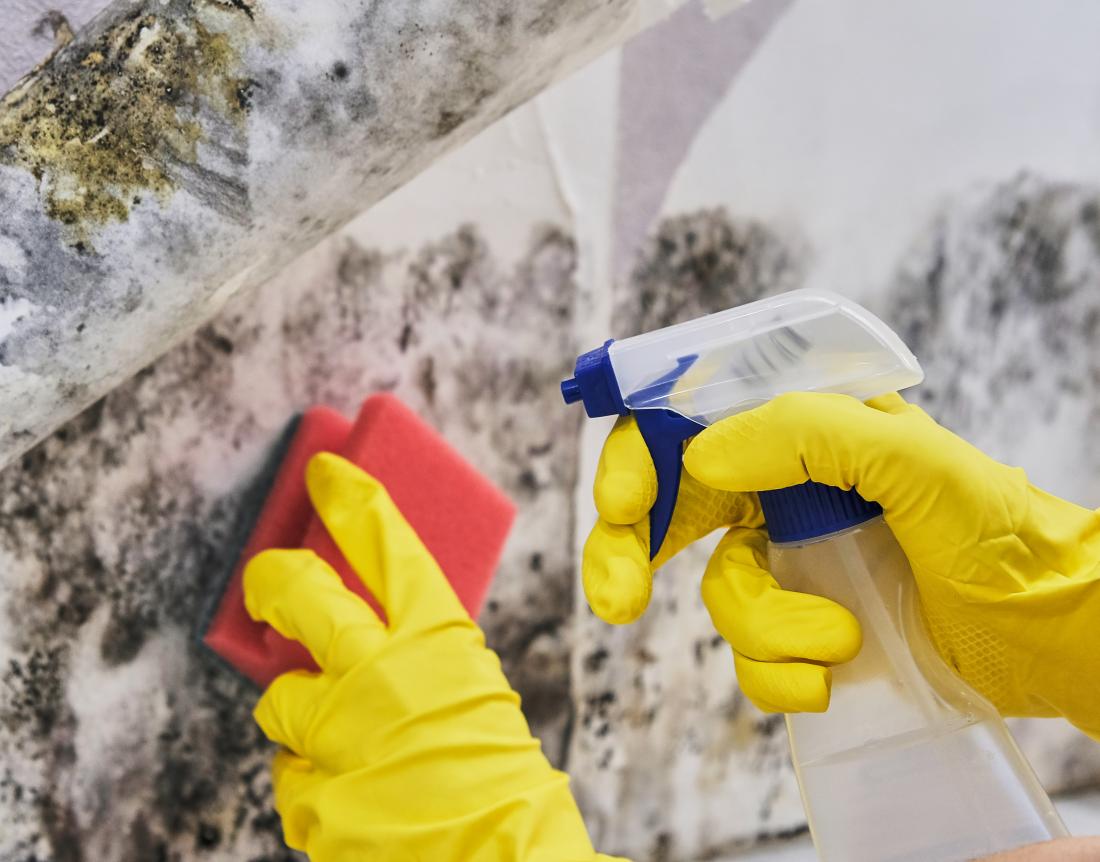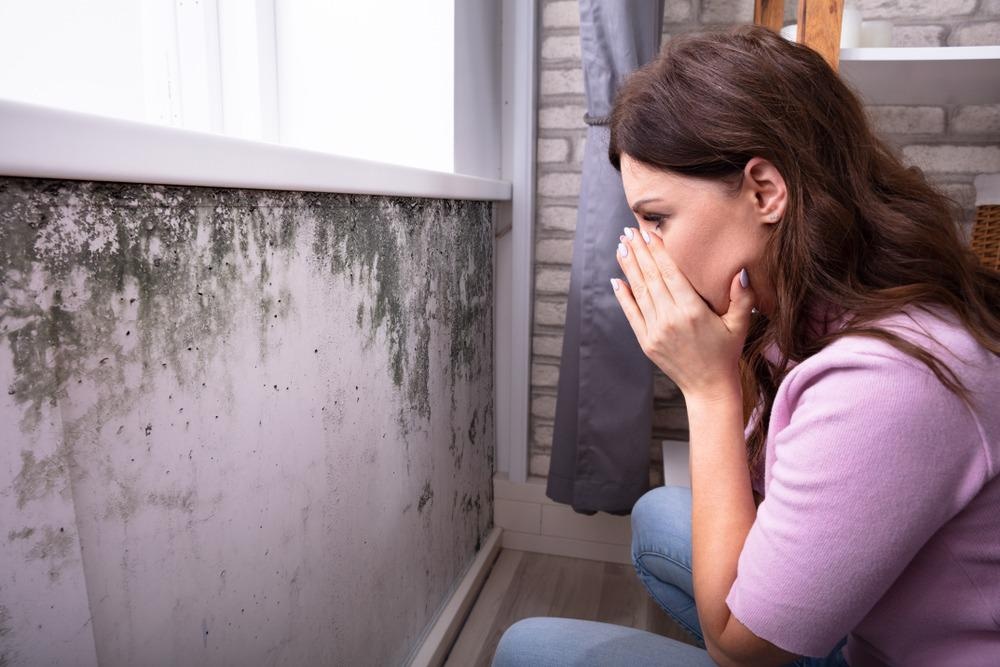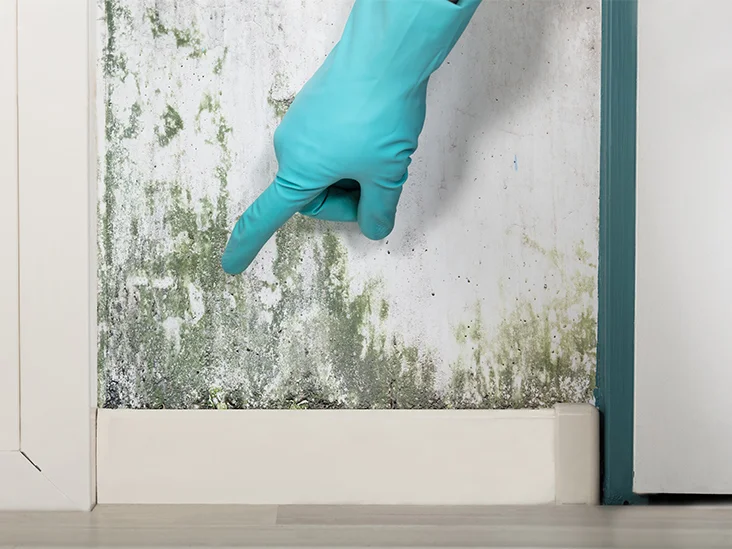Dangerous of Mold in house .Mold is found both indoors and outdoors. Mold can enter your home through open doorways, windows, vents, and heating and air conditioning systems.

What is mold?
Molds are a form of fungus. There are many different types, and they can occur both indoors and outdoors. Molds produce spores, which spread by floating around in the air. Mold spores are present in all indoor environments. There is no way to prevent spores, and they can persist in conditions where mold itself cannot grow. Mold spores thrive in environments that are moist and warm, so when they land on a damp spot, they begin to grow.
Why is mold a persistent issue?
Fungi can survive indoors as they metabolize a variety of carbohydrates which include cellulose, lignin, and starch. Increasingly, common building materials contain these elements, which further supports fungi with a nutrient-rich environment optimized for growth.
The use of organic-based materials can aggravate fungal infestation by increasing the rate of expansion periods timber, for example, is highly sensitive to Ciliophoran patina, also known as wet rot, and Serpil lurryman’s, or dry rot.
Mold and health
Mold can pose a health problem, especially for people with an allergy, an existing respiratory problem, or a weakened immune system.
Breathing problems
As mold grows, spores, cells, fragments, and unstable organic compounds can enter the air. They can produce allergens, irritants, and mycotoxins. Some of these can be toxic, especially to individuals who have a sensitivity to them. Also, dampness encourages materials to break down, increasing the volume of particles, or dust, in the air.
Allergy
A person with a sensitivity or allergy to any mold-related particles may react.
Mold allergies can produce similar symptoms to other allergies, such as hay fever, or seasonal allergy. In these, too, airborne substances can affect the upper respiratory tract.
Symptoms include:
- a blocked or runny nose
- an itchy nose
- an itchy throat
- sneezing
- watery eyes
People with a mold allergy as well as asthma have a higher chance of having an asthma attack when there is mold in the environment.
Aspergillosis
There are different types Trusted Source of aspergillosis:
Allergic bronchopulmonary aspergillosis (ABPA): This affects the lungs and can cause breathing problems.
Allergic aspergillus sinusitis: This affects the nose and can involve a headache.
Aspergilloma, or fungus ball: This can cause a cough, which may produce blood, as well as breathing problems.
Chronic pulmonary aspergillosis: Symptoms include breathing problems, a cough, and weight loss.

